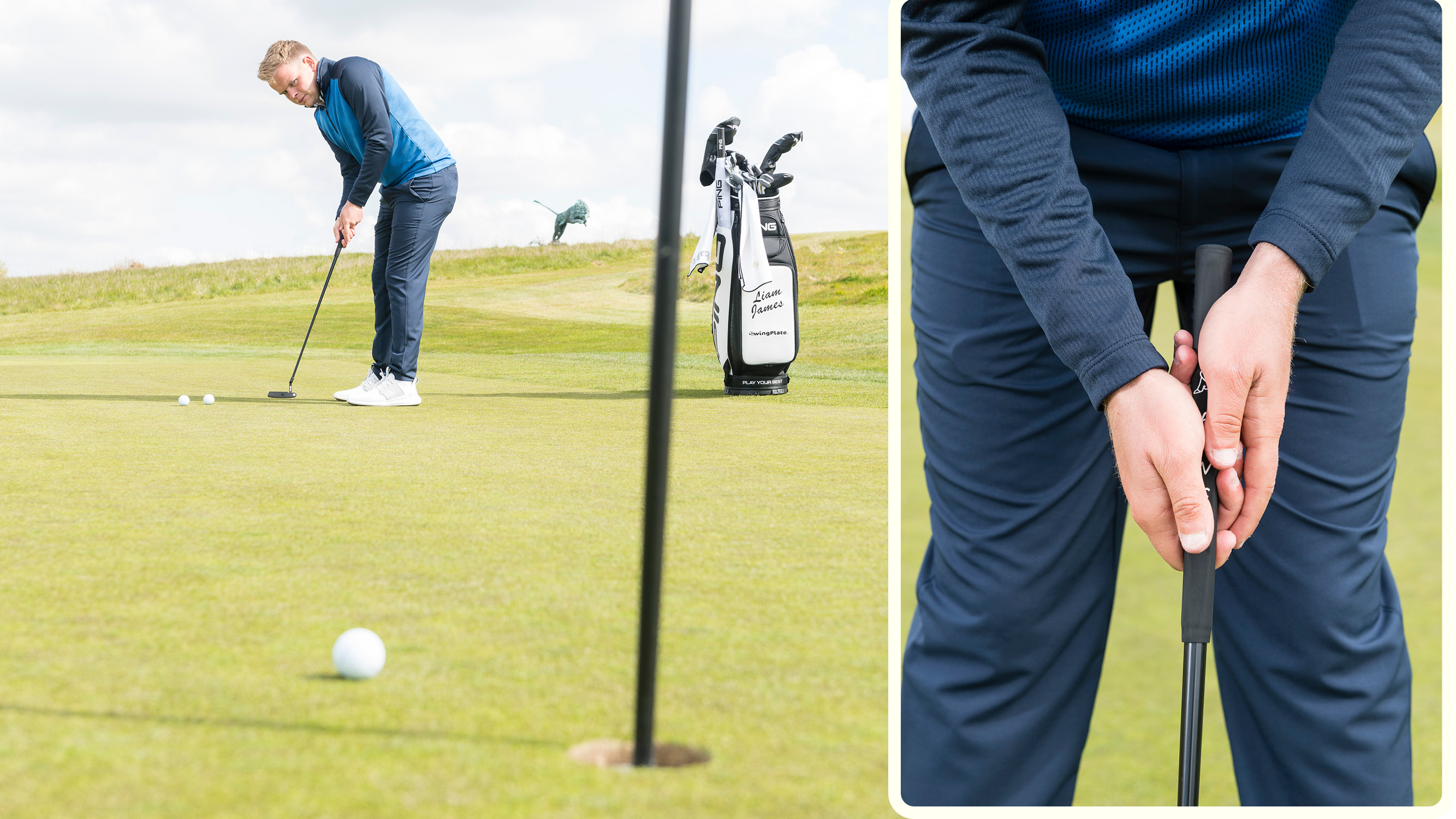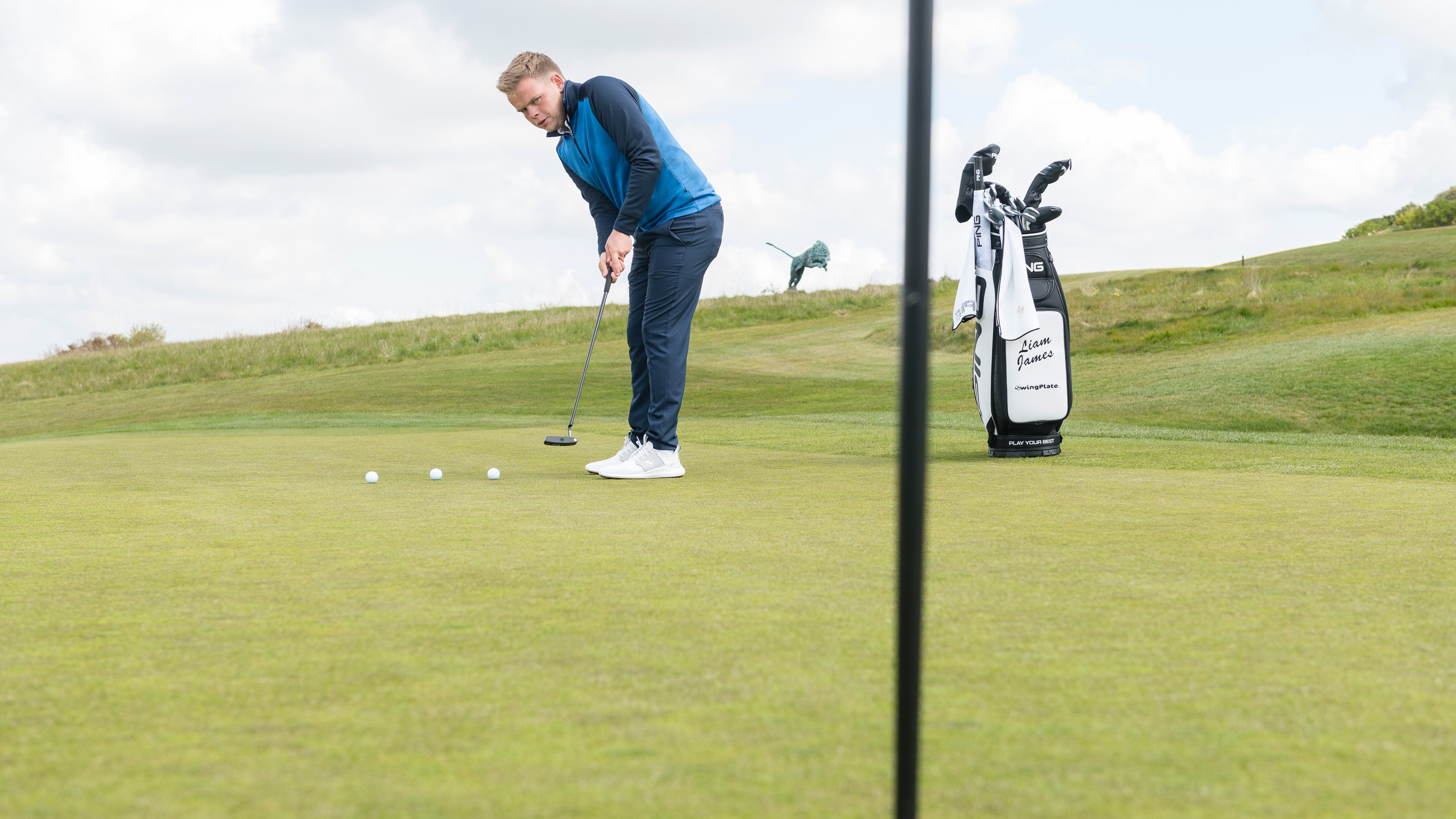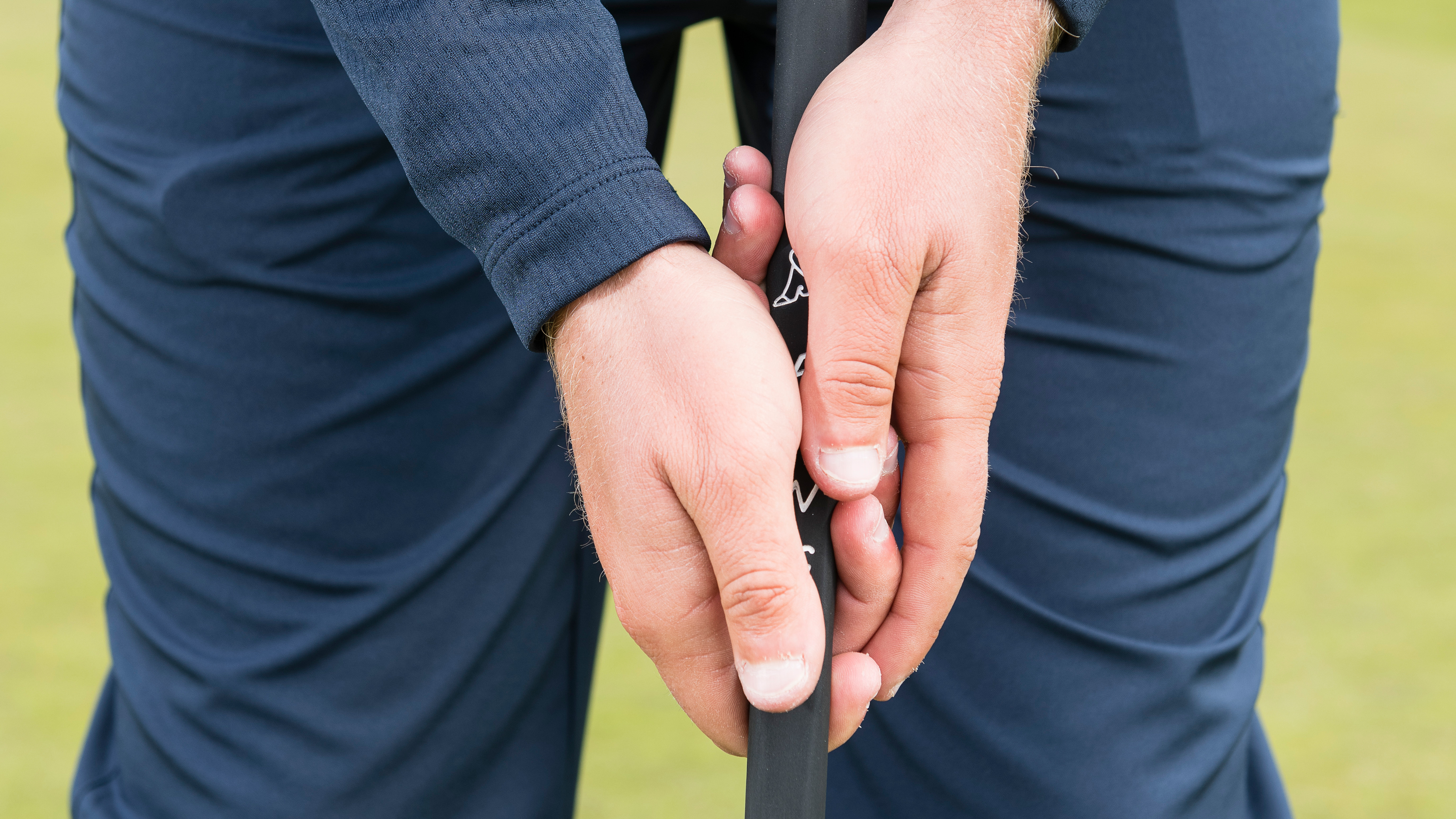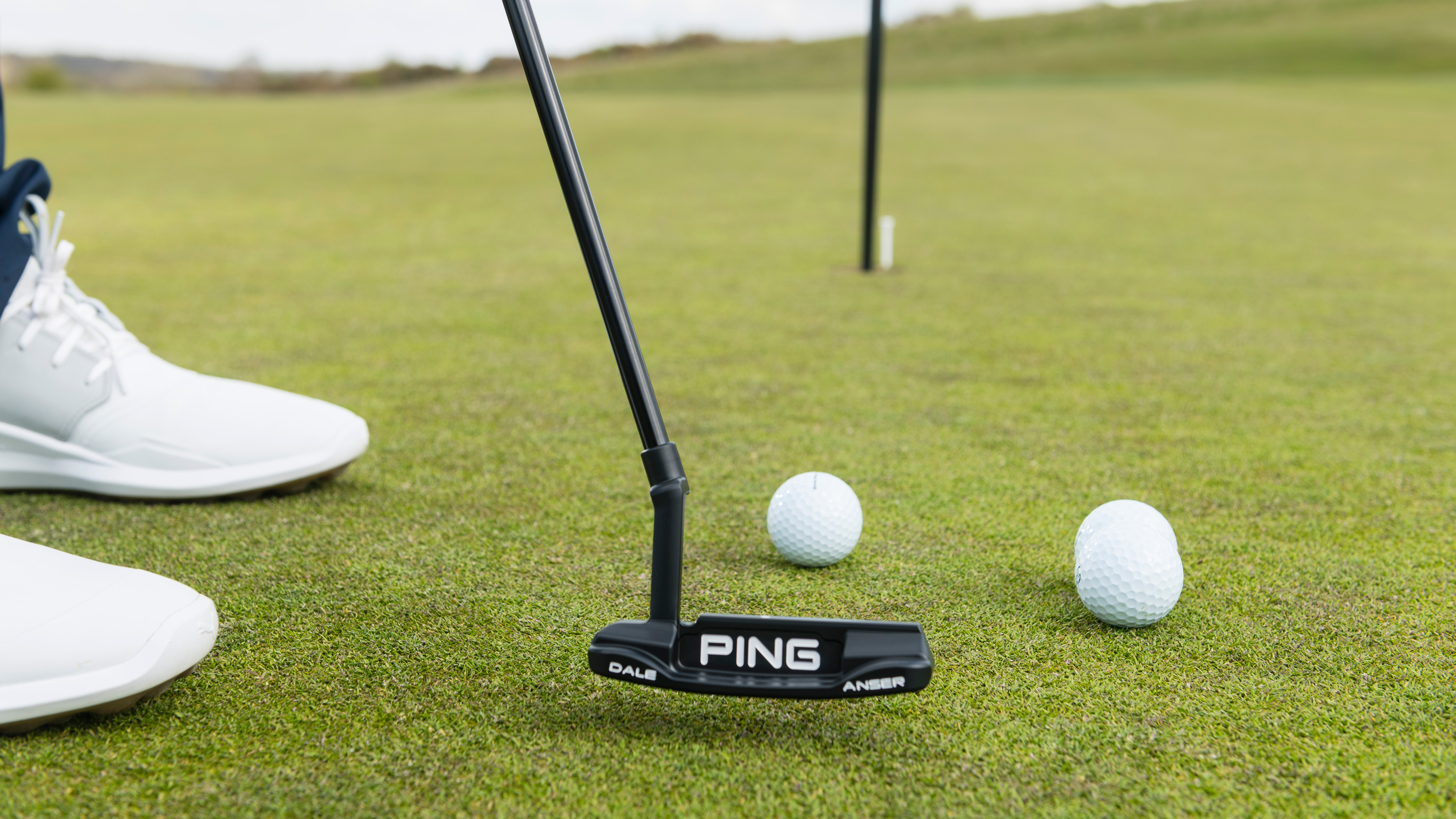
Amateur golfers 3-putt between one and four times each round (on average) and the correlation is clear... the higher your handicap index; the more shots that are leaked on the putting green.
To tidy up this area of your game, start by investing time in practicing the best putting drills, either on the practice green or your own putting mat at home, and supercharge your progress by using one of the best putting aids to keep you on the straight and narrow.
In order to give you the best chance to stem the tide, we asked top Tour Coach Liam James to share his expert putting tips on how to stop 3-putting for good...
Pace control

An effective practice stroke is critical to long-range putting success, as it helps your brain to work out the equations it needs to judge distance control. For long-putts, try looking at the hole instead of the ground when going through your practice stroke. This will help you to get a feel for how far to take the putter back and through in order to get the ball close to the hole.
Grip pressure

Grip pressure is also important. As anxiety builds over a putt, it becomes tempting to squeeze the grip a little too tight which in turn impedes the natural movement you want in a putting stroke.
To keep your rhythm and tempo, you must grip the putter lightly. Concentrate on lightness as you take your grip so that when you’re ready to go there’s no hint of tightness.
Aim small

People often talk about getting it within the dustbin lid from long range, but I don’t think that allows you to focus sufficiently small. I would much rather you keep your focus completely on the hole as you’re taking your practice swings because that is where you want the ball to go. If you start to think too much outside of the hole, then I worry that it offers you too much tolerance and leeway. So keep your focus small.
Purposeful practice
What you do before hitting a long putt has a huge bearing on success, so make sure your preparation and practice are focused and meaningful.
Moving on to holing out consistently from close range, a lot of golfers are guilty of indecision or uncertainty about where to aim and how the putt breaks, which leads to lack of commitment in the stroke and a greater likelihood of missing.
A good drill in practice is to choose your line and then place a tee peg or other small object just behind the hole where you think you need to start your putt – in this instance, fractionally right of centre.
As you walk into the putt and take your stance, keep your focus on that tee peg. Picking a really small target like this from short range can really help with your focus and engagement. The beauty is that you could miss your narrow target, yet still hole the putt because the hole is much bigger.
You can do the same thing out on the golf course by really focusing on a particular blade of grass, a blemish at the back of the hole or, these days, even just the narrow flagstick if it’s a straight putt – anything to help you engage better with a precise target.







